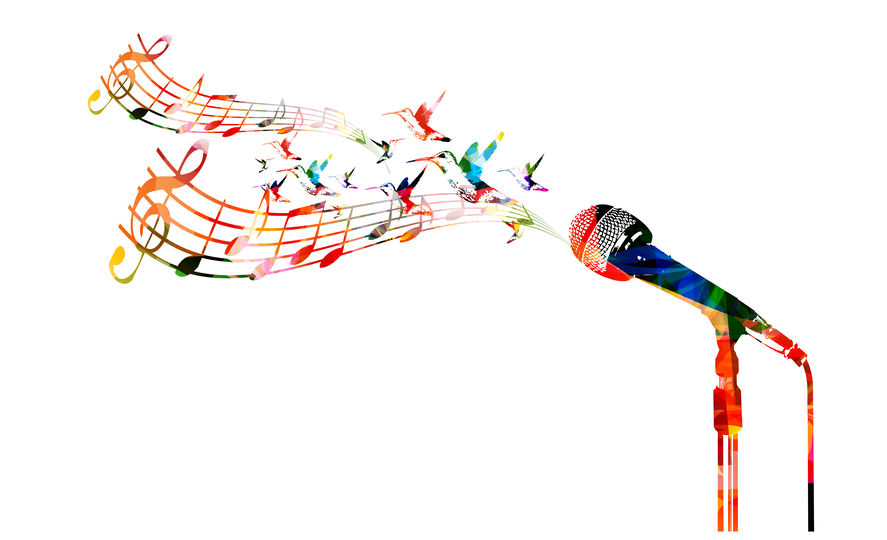Over the last century, the United States has enacted various copyright protection laws that have expanded the lifetime of copyright protection from 27 years to as long as 95 years. This means that many of the works that qualify for copyright protection may retain that protection for nearly a century after its creation, providing the creator the ability to generate large amounts of reputation, revenue, and value from the copyrighted material.
How do you check if a song is copyrighted?
At the federal level, searches can be conducted through formal requests to the U.S. Copyright Office at the Library of Congress, which maintains federal copyright records. To determine if a particular piece or song is protected by copyright, you must search state and federal records. When a song or work loses its copyright protection, it will enter the public domain.
Do all songs have copyright?
No. Nearly all songs or music have some kind of copyright protection attached to it. Musical works typically generate two separate copyrights: one for the sound recording, and one for the underlying musical composition. Copyright in a sound recording protects the particular series of sounds fixed in the recording. This copyright is distinct from the copyright of the musical work that may be recorded on the phonorecord. It is highly recommended that both copyright certificates be obtained to ensure the full protection of a musical composition.
Can you use a copyright protected song?
Yes, although under certain exceptions. The Fair Use Doctrine is a legal doctrine that promotes freedom of expression by permitting the unlicensed use of copyright-protected works in certain circumstances. Section 107 of the Copyright Act provides a framework for determining whether the use of a copyrighted work is considered fair use. Section 107 identifies certain types of permitted uses—such as criticism, comment, news reporting, teaching, scholarship, and research—as examples of activities that qualify as fair use. Even if a piece of music, for example, has copyright protection, it can still be used without obtaining a license from the owner under the fair use doctrine to advance the purpose of engaging in greater innovation and creation.


